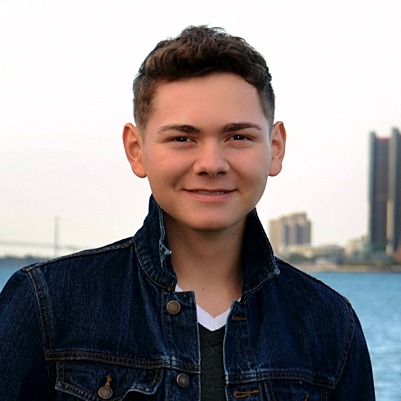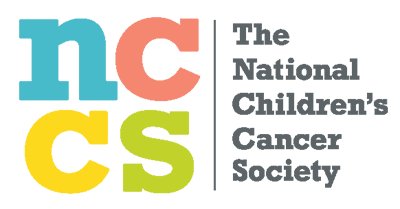Meet Jonah Hurley

Years Awarded:
2023-2024
2022-2023
From accepting seemingly incandescent burns from vaccines to making friends with the looming possibility of death, I know how far I am willing to go to give back and how rewarding it is.
“Every Filipino knows how to cook, clean, and live happy.” Those words my grandmother, Mamay, once uttered still sit on my mind like the aroma of her Chanel perfume. Cooking is a symbol of hospitality and care for guests. Cleaning is a discipline that allows comfort and growth. “Live happy,” however, is an idea I never understood. How could Mamay, a woman who suffered through cancer, familial assassinations, and immigration, still live happily?
After my diagnosis, I walked into treatment with the mindset of a Filipino. I brought my resilience, positivity, and (on account of my youth) blissful ignorance. A cocktail of infusions, biopsies, radiation, and labs consumed most of my days. When I was not an active lab rat, I often sat in the hospital playroom while the child-life specialists taught me the “craft of the day.” The seats around me, once filled by my friends, were empty. Their absent chairs and unoccupied utensils forced me to confront my own possible fate.
Even as I watched unfamiliar faces substitute those I knew, I continued to befriend every new patient on our floor. Colloquial interrogatives morphed into deep, rather as deep as an elementary student could ponder, philosophical questions. Thoughts of death became more like catalysts to enjoy whatever relationships I could establish and less like deterrents. The joy I felt while bonding with others and empathizing with their struggles outweighed the pain of pokes and needles. Connecting my community was how I learned to “live happy.”
A few years into remission, my oncologist presented a vaccine trial that would take me back to Memorial Sloan Kettering in New York, where I had received my antibody treatment. Returning to the City provoked memories of screeching pain and tenebrous rooms, yet I knew I would go. Noval connections between hospitals like Mott Children’s and Sloan Kettering drive the future of research, and I, like a bee in a hive, needed to give back and play my part. I wanted to afford others the ability to “live happy.”
Though I have defined my mission well, I have yet to determine the medium through which I wish to accomplish it. As an avid horticulturist, the environment has always been my primary area of concern. Last year, I wrote a proposal to my school arguing for establishing a greenhouse on campus. Research shows that people tend to be more productive and motivated when surrounded by greenery and oxygen surpluses. I feel that by creating more micro-environments for people to experience (or better protect our own), we can establish a society rooted in altruism and care for others.
Over the coming years, I plan to earn a dual degree in environmental engineering and business. Engineers, to me, create while businesspeople implement, so I want to be on both sides of the spectrum considering every opinion and thought from the idea’s inception to its establishment. Now that restrictions are slowly diminishing, I will also be doing more in-person community work to learn more about those for whom I will engineer. I believe that the most significant changes have been considered by every person involved.
My hospital experience solidified the lessons Mamay taught me. Long days and sleepless nights showed me the importance of perspective and the uncertainty of life. From accepting seemingly incandescent burns from vaccines to making friends with the looming possibility of death, I know how far I am willing to go to give back and how rewarding it is.
And though I may know how to fry lumpia and clean a bathroom, I cherish nothing more than my ability to help myself and others “live happy.”
